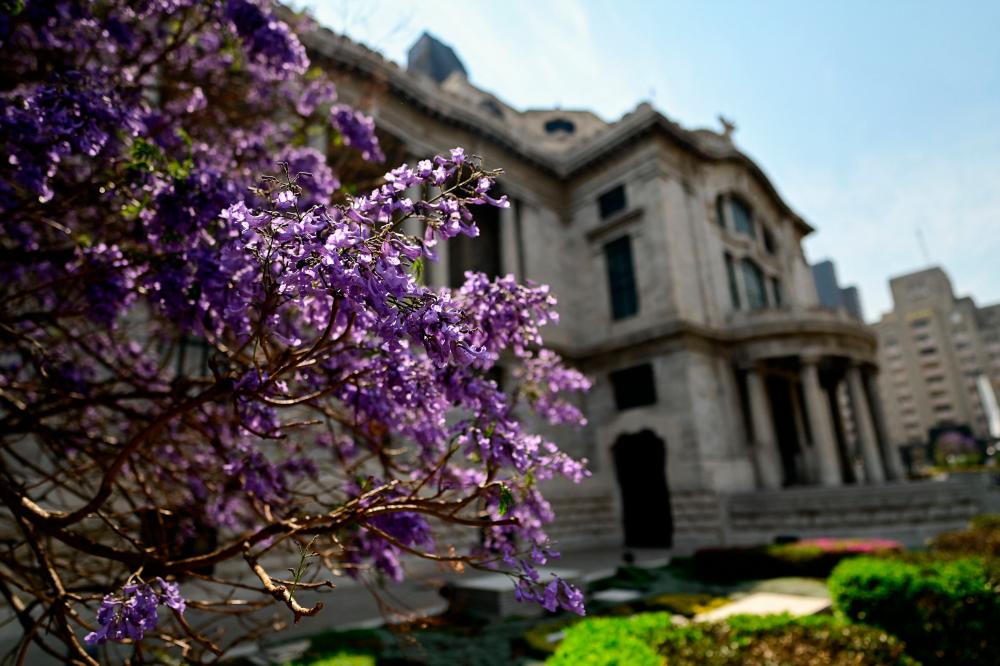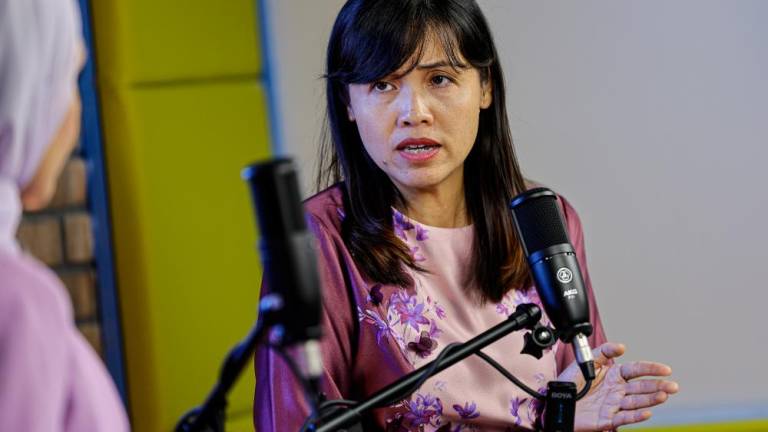MEXICO CITY: Each spring, as Japanese celebrate cherry blossom season, Mexicans enjoy their own version of the cherished tradition thanks to the century-old legacy of a landscape gardener from the Asian nation.
In Mexico, however, it is not cherry trees but blooming jacarandas that turn the capital into a sea of violet.
Admiring the blossoms has become an annual event in the Mexico City since Japanese immigrant Tatsugoro Matsumoto planted jacaranda trees in the capital's main avenues in the 1920s, said historian Sergio Hernandez.
“Hanami is Japan’s cherry tree festival and we have our hanami, which are the jacarandas,“ he told AFP.
“People go out and marvel at these colors and the falling flowers,“ added Hernandez, a professor at the National Institute of Anthropology and History specialized in Japanese culture.
Matsumoto, who settled in Mexico City in 1896, introduced jacaranda trees brought from Brazil as an alternative to cherry trees, which did not bloom fully due to the climate.
The landscaper's work earned the admiration of general-turned-president Porfirio Diaz and other elites around the turn of the 20th century.
Matsumoto was also responsible for decorating the gardens of Chapultepec castle, a former presidential residence in Mexico City, Hernandez said.
“This is a legacy of Matsumoto and of Japanese culture in general for Mexico... when spring arrives and our city is painted in such an intense violet color,“ he added.
The ease with which jacarandas reproduce means they have “invaded” the streets of the capital, said Hernandez.
But it is a welcome invasion for many Mexicans and foreigners who enjoy the blaze of color.
“It’s very beautiful, how the city is filled with purple,“ said Andreina Rondon, a Venezuelan psychologist.
“Everything’s perfect, and I love it especially when the petals fall off a little on the ground,“ she added. - AFP













